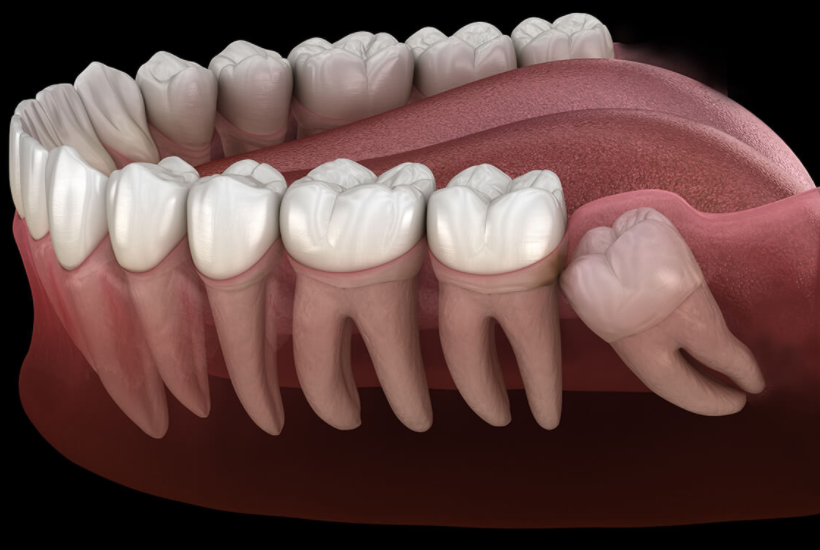Wisdom tooth extraction is one of the most common types of oral surgery. For a dentist, it’s a routine procedure, but that’s not the case for someone like you who is having it for the first time. Here is all that you need to know about this procedure.
What are Wisdom Teeth?
In scientific terms, wisdom teeth are the third molars; they are the teeth that normally grow at the back of your mouth, both up and down. They typically show in the late teen years or early twenties. Despite their name, they often cause problems for many people.
When does a Wisdom Tooth Need Removing?
The problem with wisdom teeth is that in many cases, there is not enough room for them to grow properly. When this happens, they are called impacted teeth.
A wisdom tooth may not erupt at all, erupt only partially, or start growing at weird angles and possibly damaging the teeth next to them or the jawbone. This experience might cause pain or the development of a fluid-filled cyst around the impacted tooth.
Furthermore, if the wisdom tooth grows at an odd angle, food might get stuck behind it. The result can be tooth decay and infections.
In this case, a dentist will likely recommend pulling the wisdom teeth out. At https://bestdentistinhouston.com/top-dental-surgery-services-in-houston-tx/, you will see details about wisdom teeth removal. The dentist might advise oral surgery even if the impacted tooth has not caused you any problem yet to prevent future inevitable damage.
In many situations, it is best to deal with this problem when you’re young rather than wait for problems to appear and have the same surgery when you’re older. As an adult, recovery might take longer than at a younger age.
Expectations for the Surgery
Often, wisdom tooth extraction is an outpatient procedure, and you can go home right after the surgery. If the tooth is completely hidden in the bone, your dentist might refer you to an oral surgeon.
The procedure can be carried out under local anesthesia in most cases, but your doctor will probably have you sedated if doing so makes you more comfortable. General anesthesia is required only for the most complicated cases.
If you’re going to be sedated, the doctor will advise you not to eat or drink anything for at least 12 hours before the procedure. Make sure to have someone to drive you home after the surgery as the anesthetic might leave you a bit confused and unfit to drive.
Recovery after Wisdom Tooth Extraction
After the extraction is done, the dentist will probably stitch the site to promote faster healing and cover the area with a piece of gauze. You should keep that gauze in place until the bleeding has stopped; at this point, you can assume a blood clot has formed to fill the empty socket.
In most cases, any pain after oral surgery can be managed with over-the-counter pain medication, but the dentist might also give you a prescription. If you’ve been prescribed antibiotics, make sure to take the whole course.
Last Words: Being as Comfortable as Possible after Oral Surgery
To ease the pain and swelling, you can rinse your mouth with a saline solution 3-4 times a day. Also, you can apply ice over the swollen cheek. The swelling should not last for more than two or three days. Finally, while the extraction site heals, you should only eat soft foods.
Latest posts by Nirupama Verma (see all)
- What is Corporate Gifting and Why is It Important? - November 8, 2023
- Top 5 Benefits of Synthetic Liquids That You Did Not Know - December 24, 2022
- Pin up Review - September 23, 2022





Wisdom teeth related all problems, removal and surgery, such all critical information are available in this post. Thanks man, thanks for sharing such circuital information.